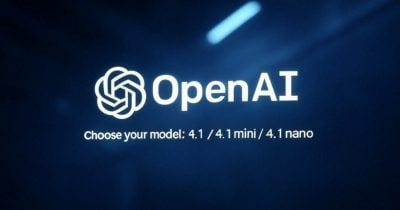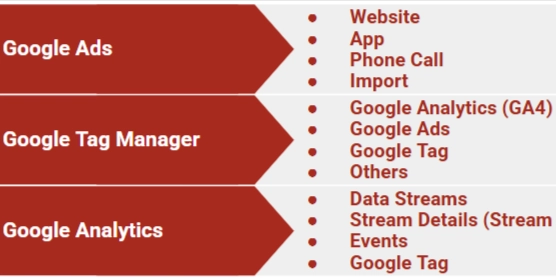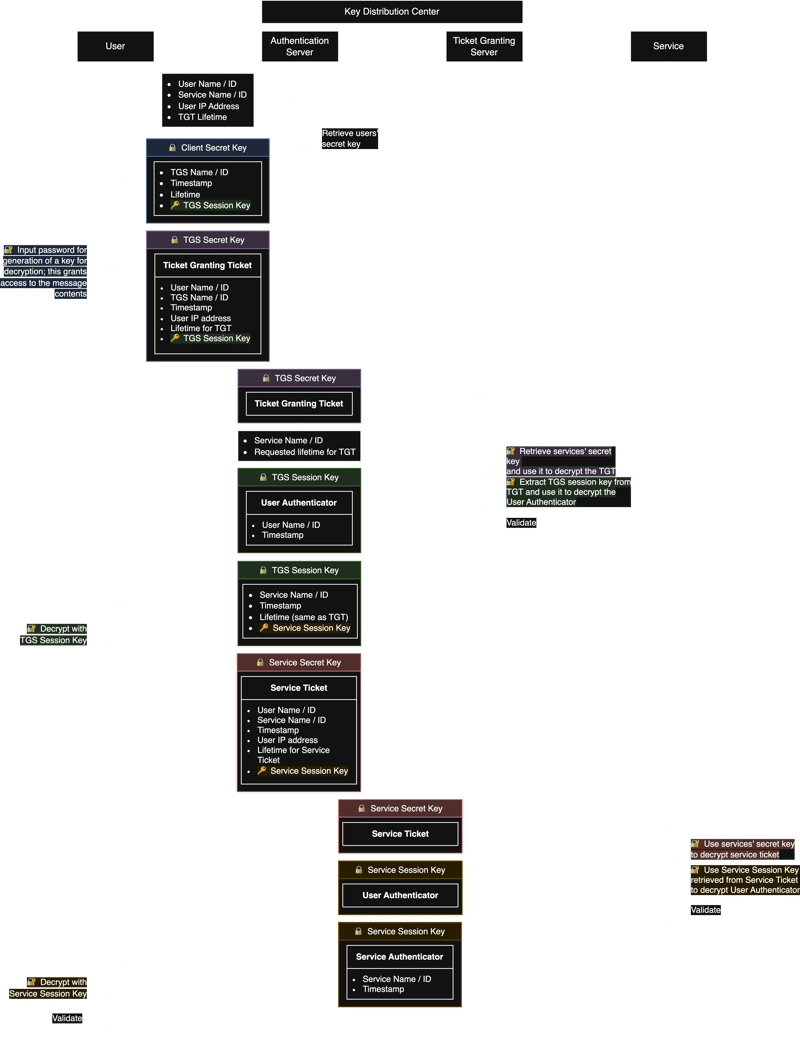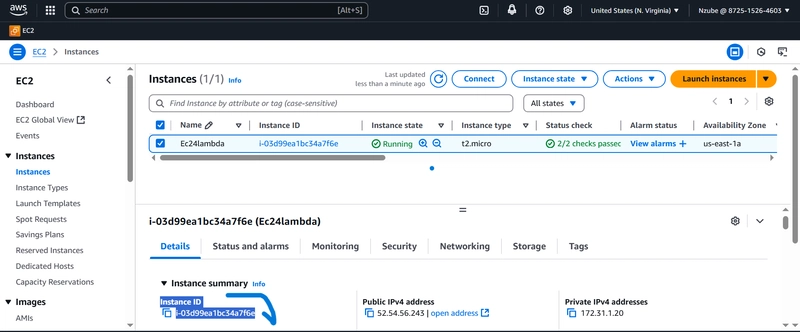Cloud Migration vs. On-Premises Legacy Systems
Economic and Technical Trade-offs in Modernization 1. The Great Debate: Cloud vs. On-Premises Organizations face a critical choice when modernizing legacy systems: migrate to the cloud or optimize on-premises infrastructure. Each path has distinct advantages and challenges, shaped by cost, compliance, scalability, and organizational readiness. Key drivers for cloud migration: Scalability for fluctuating workloads (e.g., e-commerce during holidays). Reduced hardware maintenance and upfront capital expenditure (CapEx). Access to AI/ML tools, serverless computing, and global data centers. Why some stick with on-premises: Regulatory constraints (e.g., data sovereignty laws in the EU or China). Legacy systems too complex or costly to refactor (e.g., mainframes in banking). High-performance needs with predictable workloads (e.g., manufacturing control systems). 2. Economic Trade-offs a. Cost Structures Cloud (OpEx Model): Pros: Pay-as-you-go pricing, no upfront hardware costs, reduced IT staffing needs. Cons: Long-term costs can balloon due to data egress fees, overprovisioning, or vendor lock-in. Example: A SaaS startup saves 500Kannuallybyavoidingon−premisesdatacentersbutfaces500Kannuallybyavoidingon−premisesdatacentersbutfaces200K/year in AWS overages. On-Premises (CapEx Model): Pros: Predictable costs for stable workloads, full control over infrastructure. Cons: High upfront hardware costs, underutilized capacity, and aging equipment depreciation. Example: A hospital spends $2M upfront on servers for HIPAA-compliant patient records but avoids recurring cloud fees. b. Hidden Costs Cloud: Data migration expenses, retraining staff, compliance audits. On-Premises: Power/cooling, physical security, downtime during upgrades. ROI Comparison: A Forrester study found that enterprises migrating to the cloud achieve 30–50% infrastructure cost savings over 3–5 years, but only if workloads are optimized. 3. Technical Trade-offs a. Scalability and Flexibility Cloud: Auto-scaling handles traffic spikes (e.g., streaming services during live events). On-Premises: Limited by physical hardware; scaling requires procurement lead times. b. Security and Compliance Cloud: Providers like AWS/Azure offer robust security (e.g., encryption, DDoS protection), but shared responsibility models require careful configuration. On-Premises: Full control over data governance, critical for industries like defense or nuclear energy. c. Performance and Latencyppppppp Cloud: Global CDNs improve user experience but may lag for real-time systems (e.g., stock trading). On-Premises: Low-latency edge computing suits factory IoT sensors or high-frequency trading. d. Legacy Integration Cloud: APIs and middleware (e.g., Apache Kafka) connect legacy systems to cloud services. On-Premises: Legacy apps may require costly refactoring to work with modern tools. 4. Industry-Specific Considerations a. Banking and Finance Cloud: Enables AI-driven fraud detection and open banking APIs but faces resistance due to regulations like GDPR and PCI-DSS. On-Premises: Core banking systems (e.g., IBM zSeries mainframes) remain on-premises for transaction speed and compliance. b. Healthcare Cloud: Supports telemedicine and big data analytics (e.g., genomic research on AWS) but risks HIPAA violations if misconfigured. On-Premises: Legacy PACS (medical imaging systems) stay on-prem due to massive data storage needs and latency sensitivity. c. Manufacturing Cloud: IoT integration for predictive maintenance (e.g., Siemens MindSphere). On-Premises: Legacy SCADA systems remain on-prem for real-time factory floor control. 5. Hybrid and Multi-Cloud Strategies Many organizations adopt a hybrid cloud approach to balance legacy and modern needs: Example: A retailer keeps sensitive customer data on-premises but uses Azure AI for personalized marketing. Multi-cloud: Avoids vendor lock-in (e.g., Google Cloud for AI, AWS for storage) but increases management complexity. Tools for Hybrid Integration: VMware Cloud Foundation, Red Hat OpenShift, and Azure Arc for unified management. 6. Risks and Mitigations a. Cloud Migration Risks Vendor Lock-In: Mitigate with Kubernetes and containerization (e.g., Docker). Data Sovereignty: Use region-specific clouds (e.g., AWS in Frankfurt for EU data). b. On-Premises Risks Technical Debt: Modernize incrementally using microservices. Skills Gap: Train staff in DevOps and infrastructure-as-code (e.g., Terraform). 7. Future Trends Edge Computing: Blurs the line between cloud and on-premises (e.g., AWS Outposts). Serverless Architectures: Reduce cloud costs for event-driven workloads. Sustainable IT: Cloud providers (e.g., Google) priori

Economic and Technical Trade-offs in Modernization
1. The Great Debate: Cloud vs. On-Premises
Organizations face a critical choice when modernizing legacy systems: migrate to the cloud or optimize on-premises infrastructure. Each path has distinct advantages and challenges, shaped by cost, compliance, scalability, and organizational readiness.
Key drivers for cloud migration:
- Scalability for fluctuating workloads (e.g., e-commerce during holidays).
- Reduced hardware maintenance and upfront capital expenditure (CapEx).
- Access to AI/ML tools, serverless computing, and global data centers.
Why some stick with on-premises:
- Regulatory constraints (e.g., data sovereignty laws in the EU or China).
- Legacy systems too complex or costly to refactor (e.g., mainframes in banking).
- High-performance needs with predictable workloads (e.g., manufacturing control systems).
2. Economic Trade-offs
a. Cost Structures
Cloud (OpEx Model):
- Pros: Pay-as-you-go pricing, no upfront hardware costs, reduced IT staffing needs.
- Cons: Long-term costs can balloon due to data egress fees, overprovisioning, or vendor lock-in.
- Example: A SaaS startup saves 500Kannuallybyavoidingon−premisesdatacentersbutfaces500Kannuallybyavoidingon−premisesdatacentersbutfaces200K/year in AWS overages.
On-Premises (CapEx Model):
- Pros: Predictable costs for stable workloads, full control over infrastructure.
- Cons: High upfront hardware costs, underutilized capacity, and aging equipment depreciation.
- Example: A hospital spends $2M upfront on servers for HIPAA-compliant patient records but avoids recurring cloud fees.
b. Hidden Costs
- Cloud: Data migration expenses, retraining staff, compliance audits.
- On-Premises: Power/cooling, physical security, downtime during upgrades.
ROI Comparison:
A Forrester study found that enterprises migrating to the cloud achieve 30–50% infrastructure cost savings over 3–5 years, but only if workloads are optimized.
3. Technical Trade-offs
a. Scalability and Flexibility
- Cloud: Auto-scaling handles traffic spikes (e.g., streaming services during live events).
- On-Premises: Limited by physical hardware; scaling requires procurement lead times.
b. Security and Compliance
- Cloud: Providers like AWS/Azure offer robust security (e.g., encryption, DDoS protection), but shared responsibility models require careful configuration.
- On-Premises: Full control over data governance, critical for industries like defense or nuclear energy.
c. Performance and Latencyppppppp
- Cloud: Global CDNs improve user experience but may lag for real-time systems (e.g., stock trading).
- On-Premises: Low-latency edge computing suits factory IoT sensors or high-frequency trading.
d. Legacy Integration
Cloud: APIs and middleware (e.g., Apache Kafka) connect legacy systems to cloud services.
On-Premises: Legacy apps may require costly refactoring to work with modern tools.
4. Industry-Specific Considerations
a. Banking and Finance
Cloud: Enables AI-driven fraud detection and open banking APIs but faces resistance due to regulations like GDPR and PCI-DSS.
On-Premises: Core banking systems (e.g., IBM zSeries mainframes) remain on-premises for transaction speed and compliance.
b. Healthcare
- Cloud: Supports telemedicine and big data analytics (e.g., genomic research on AWS) but risks HIPAA violations if misconfigured.
- On-Premises: Legacy PACS (medical imaging systems) stay on-prem due to massive data storage needs and latency sensitivity.
c. Manufacturing
- Cloud: IoT integration for predictive maintenance (e.g., Siemens MindSphere).
- On-Premises: Legacy SCADA systems remain on-prem for real-time factory floor control.
5. Hybrid and Multi-Cloud Strategies
Many organizations adopt a hybrid cloud approach to balance legacy and modern needs:
- Example: A retailer keeps sensitive customer data on-premises but uses Azure AI for personalized marketing.
- Multi-cloud: Avoids vendor lock-in (e.g., Google Cloud for AI, AWS for storage) but increases management complexity.
Tools for Hybrid Integration:
VMware Cloud Foundation, Red Hat OpenShift, and Azure Arc for unified management.
6. Risks and Mitigations
a. Cloud Migration Risks
- Vendor Lock-In: Mitigate with Kubernetes and containerization (e.g., Docker).
- Data Sovereignty: Use region-specific clouds (e.g., AWS in Frankfurt for EU data).
b. On-Premises Risks
- Technical Debt: Modernize incrementally using microservices.
- Skills Gap: Train staff in DevOps and infrastructure-as-code (e.g., Terraform).
7. Future Trends
- Edge Computing: Blurs the line between cloud and on-premises (e.g., AWS Outposts).
- Serverless Architectures: Reduce cloud costs for event-driven workloads.
- Sustainable IT: Cloud providers (e.g., Google) prioritize carbon-neutral data centers, appealing to ESG-focused firms.
Key Takeaway
Cloud migration isn’t a one-size-fits-all solution. Organizations must weigh:
1. Economic factors: Total cost of ownership (TCO), ROI timelines.
2. Technical needs: Latency, scalability, legacy integration.
3. Compliance: Data sovereignty, industry regulations.
For many, a hybrid strategy offers the best path—modernizing incrementally while preserving critical on-premises systems. The goal is not to chase the cloud for its own sake but to align infrastructure with business outcomes.









































































































































































![[The AI Show Episode 143]: ChatGPT Revenue Surge, New AGI Timelines, Amazon’s AI Agent, Claude for Education, Model Context Protocol & LLMs Pass the Turing Test](https://www.marketingaiinstitute.com/hubfs/ep%20143%20cover.png)

















































































































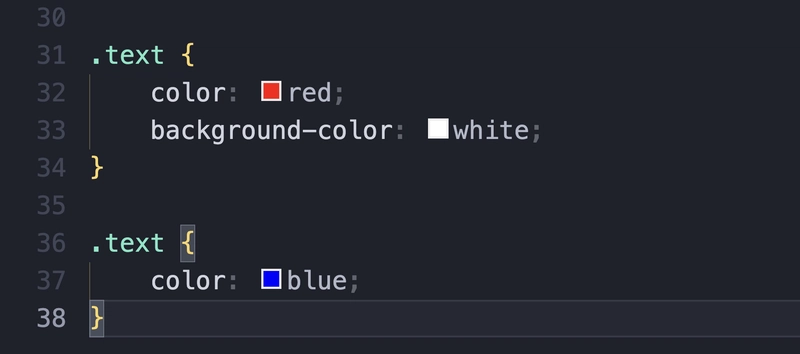




















































































































.png?#)






































.webp?#)
.webp?#)


























































































![[Fixed] Gemini app is failing to generate Audio Overviews](https://i0.wp.com/9to5google.com/wp-content/uploads/sites/4/2025/03/Gemini-Audio-Overview-cover.jpg?resize=1200%2C628&quality=82&strip=all&ssl=1)

![What’s new in Android’s April 2025 Google System Updates [U: 4/14]](https://i0.wp.com/9to5google.com/wp-content/uploads/sites/4/2025/01/google-play-services-3.jpg?resize=1200%2C628&quality=82&strip=all&ssl=1)













![Apple Seeds tvOS 18.5 Beta 2 to Developers [Download]](https://www.iclarified.com/images/news/97011/97011/97011-640.jpg)
![Apple Releases macOS Sequoia 15.5 Beta 2 to Developers [Download]](https://www.iclarified.com/images/news/97014/97014/97014-640.jpg)











































































































